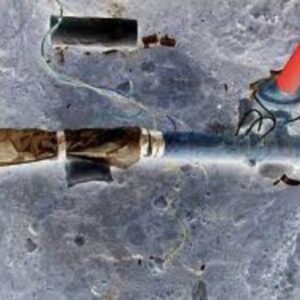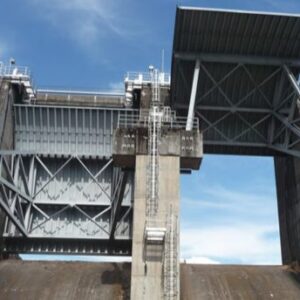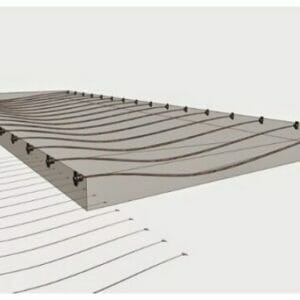TP – 1307 An Introduction to In-Place Hydraulic Conductivity Tests of Soil Below Water Table for Professional Engineers
$4.99
Description
A number of tests for determining the in-place hydraulic conductivity below a water table have been developed. Two tests that have been found to be the most adaptable use the auger-hole and piezometer test procedures. Both procedures measure the rate of change of the water level in a hole or the difference of water-level elevation with time. Any procedure that can accurately measure water-level change with time is satisfactory. For aquifers, the well pumping method is used to determine the hydraulic conductivity and transmissivity of gravels and gravelly materials below a water table where the coarse materials interfere with conduction preparations for auger-hole test. Test procedures and data analyses for the classic well pumping method are described in the Bureau of Reclamation’s Ground Water Manual. The well pumping method, an expensive test both in time and materials, is used mainly for determining the suitability of an area to be drained by pumping rather than by horizontal drams.






